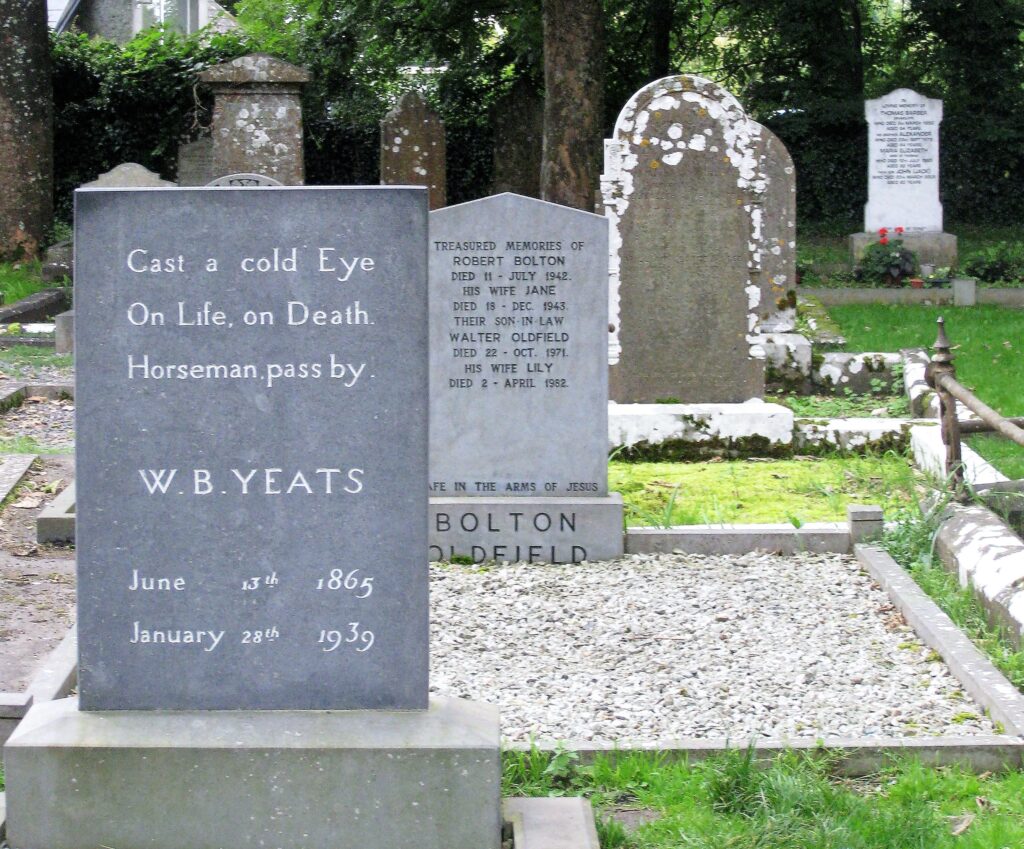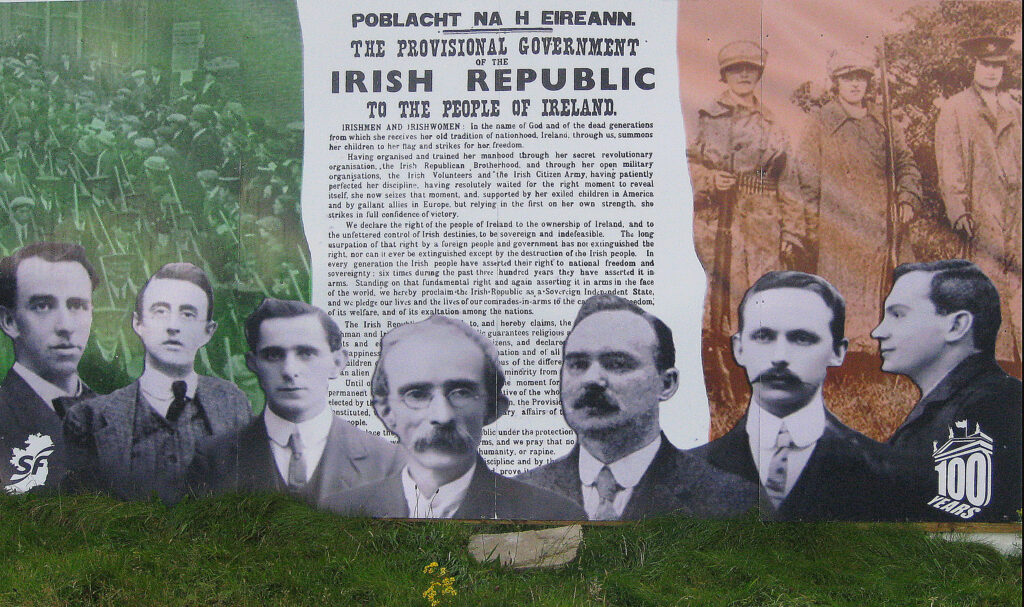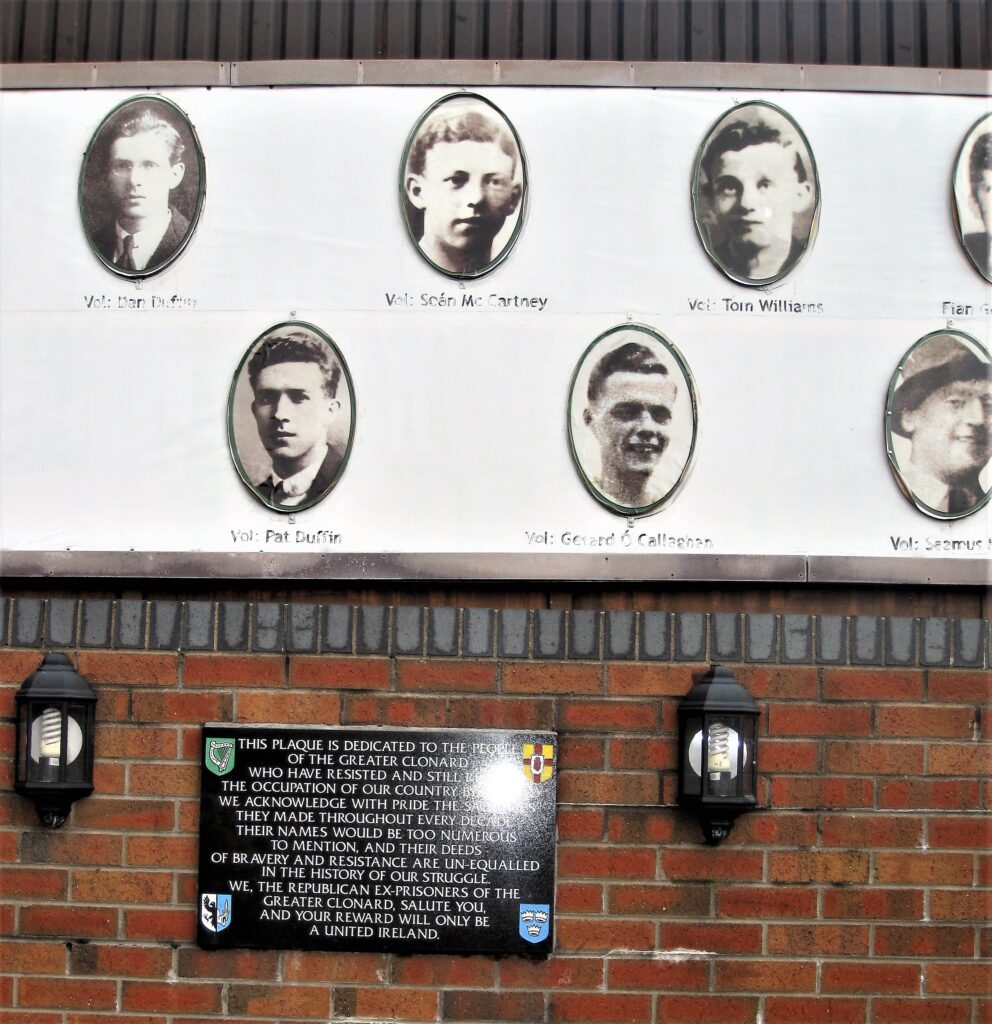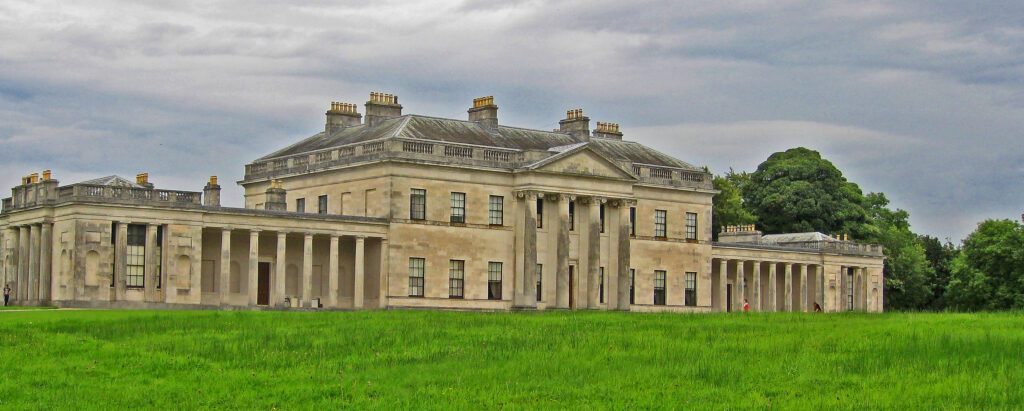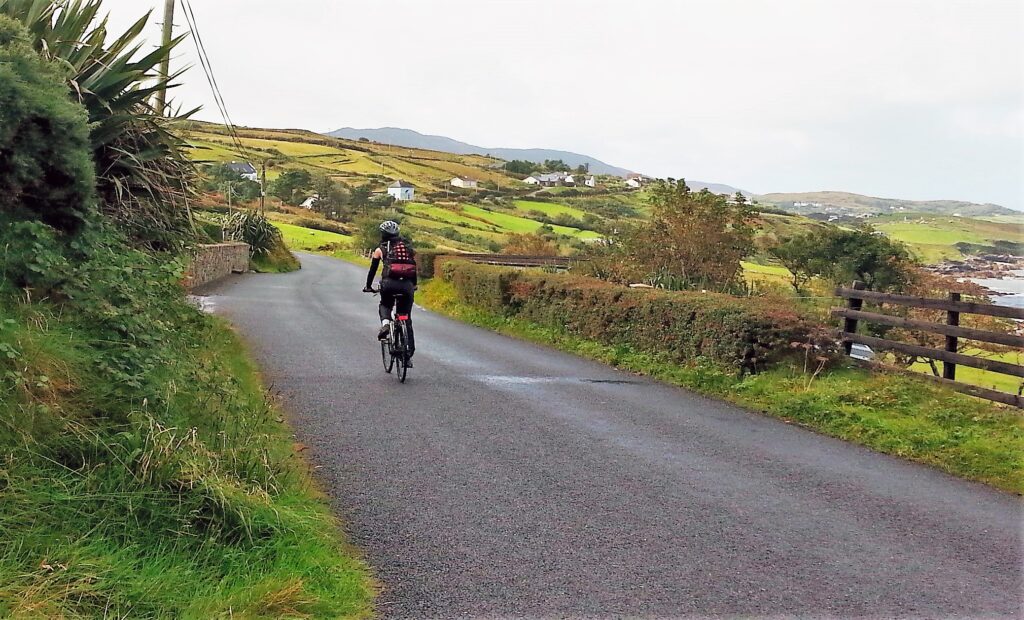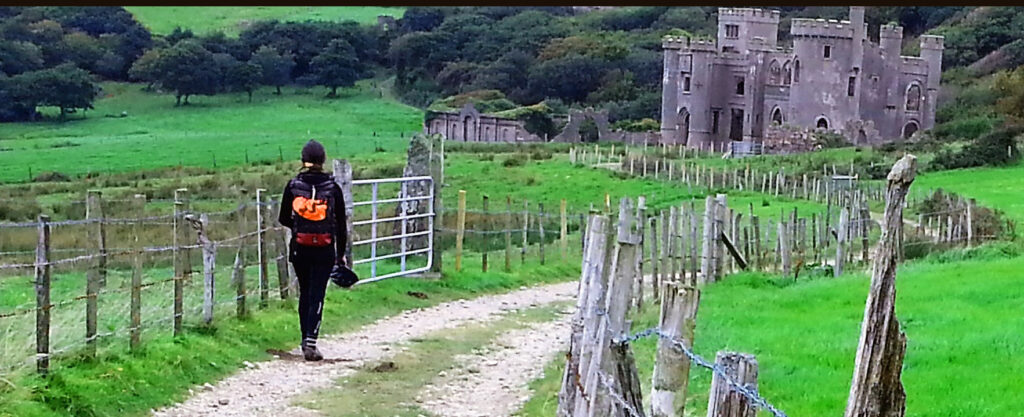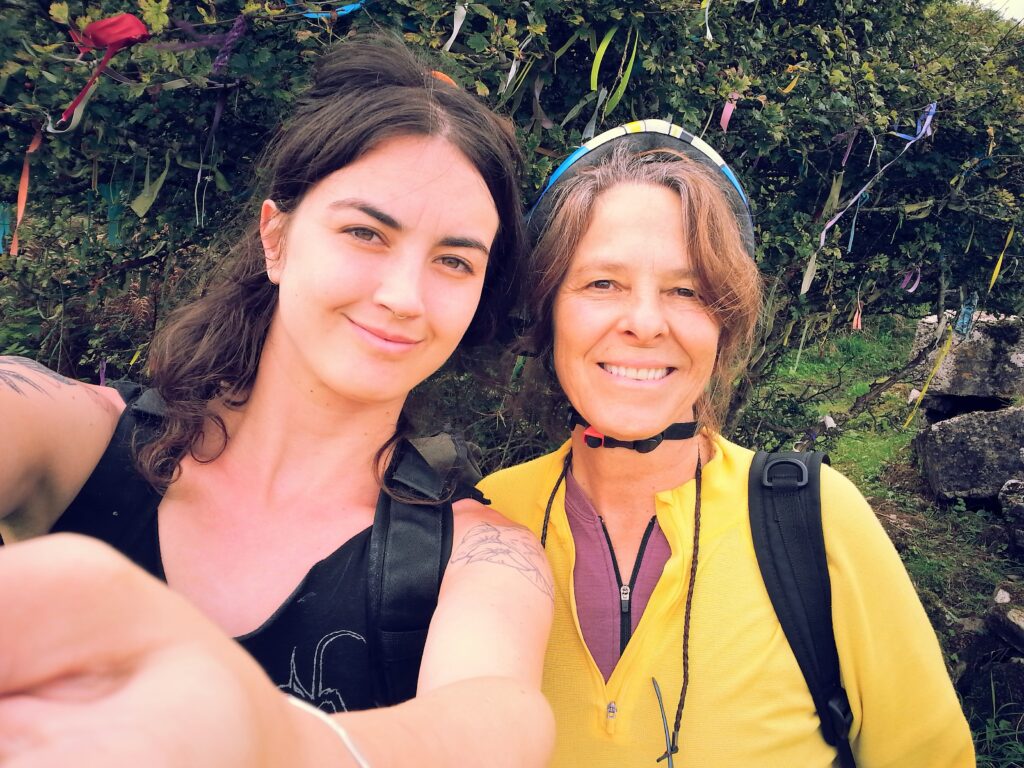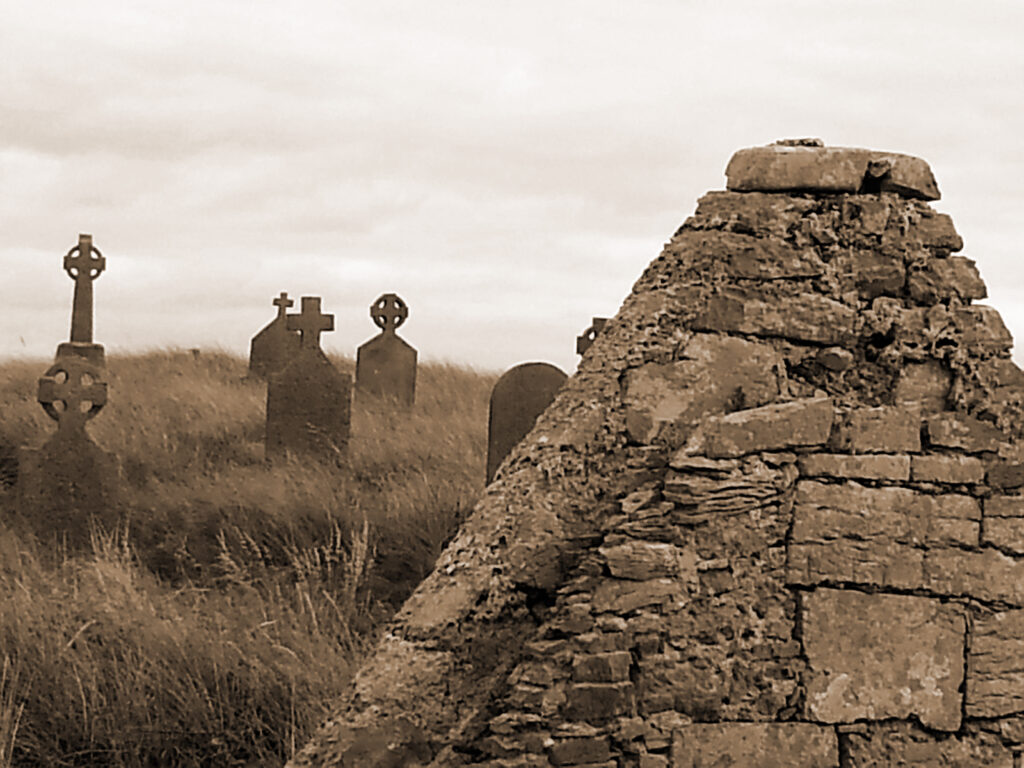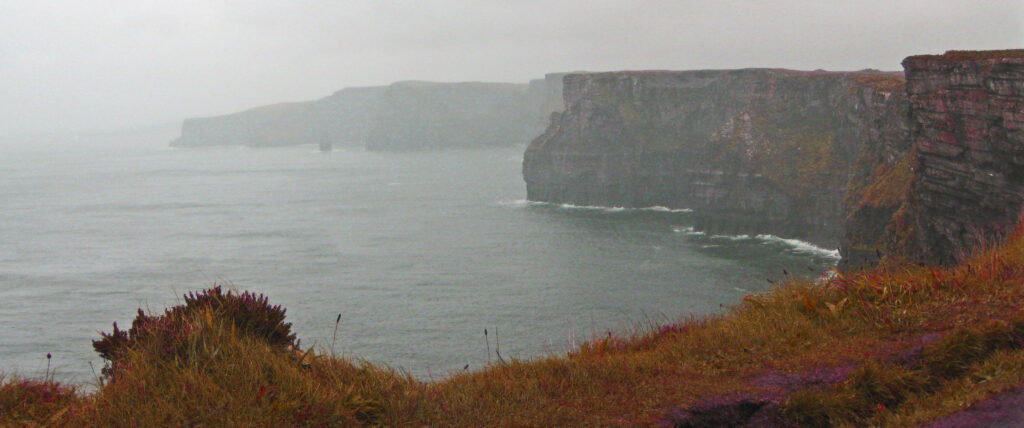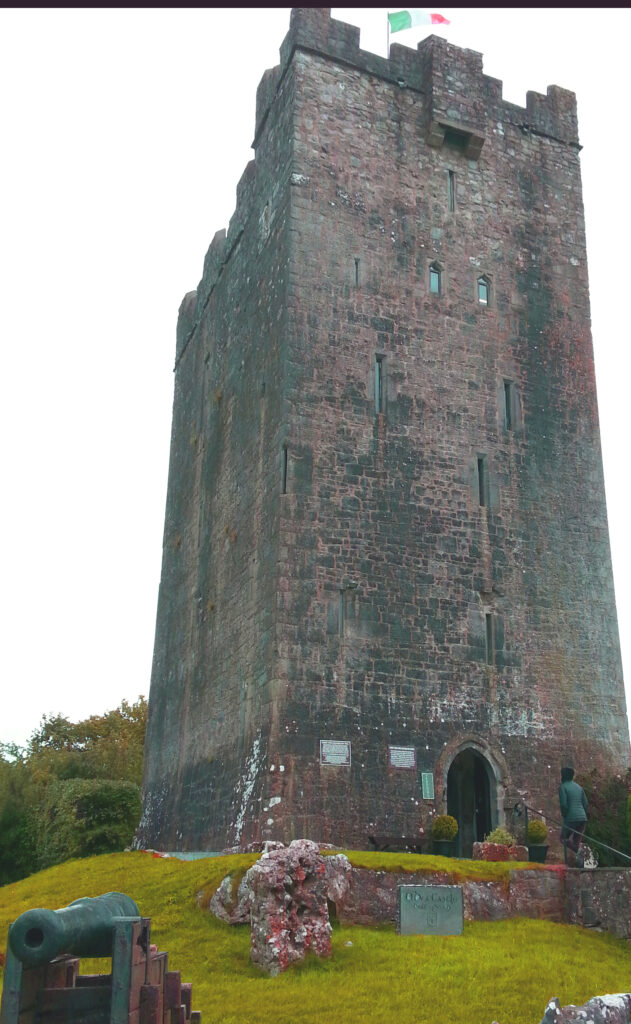When visiting Ireland, an island with castles, churches, and conflict, you can’t ignore the history.
1845-1852
It is said, Ireland’s greatest export is its people.
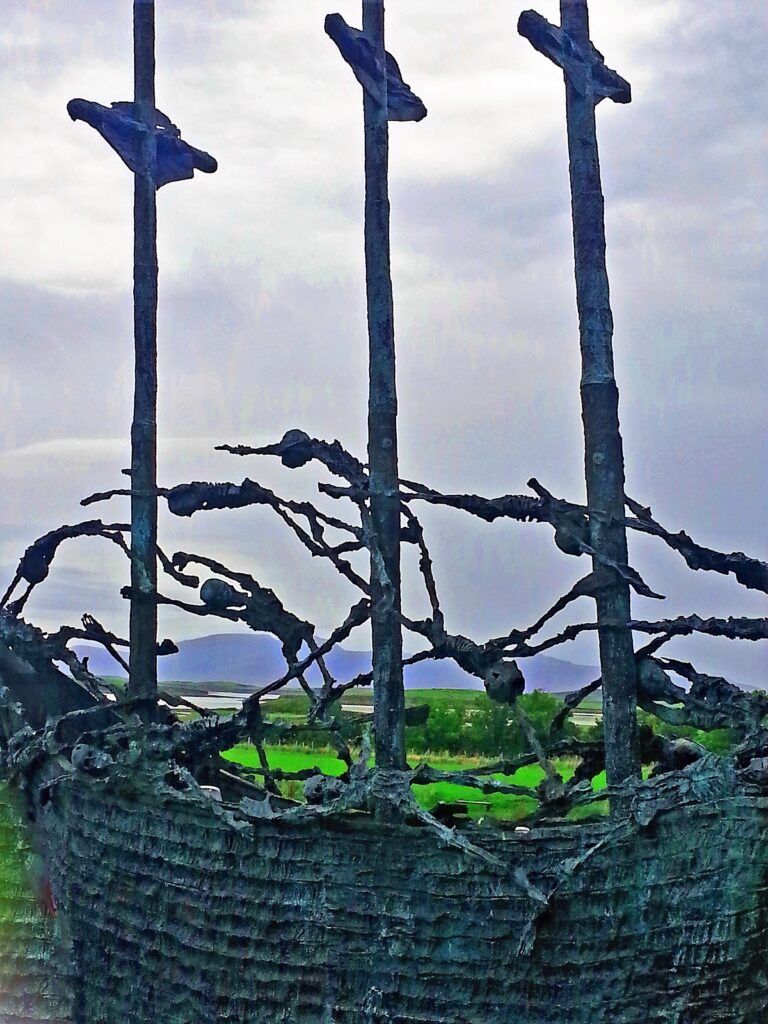
1920s
In 1921, the Irish successfully won independence from Great Britain, creating a Catholic Irish Free State in the south and a predominately Protestant Northern Ireland. The partition of the island (Gaelic: críochdheighilt na hÉireann) was based on 17th-century British colonization. The six counties in the northeastern and northcentral portions of the island, Northern Ireland, remained under British rule, whereas the remaining 26 counties in the northwest and south became the Republic of Ireland. The intent of the partition was to eventually reunite the north with the south, but unification has eluded the island.
1960s-1990s
The Northern Ireland Conflict, or The Troubles (Na Trioblóidí), started with the Civil Rights Movement in the 1960s. In Northern Ireland, an equal rights campaign to end the discrimination against the minority Catholic/Nationalists (Republicans) by the majority Protestant/Unionists (Loyalists) was violently opposed by the Unionists. Loyalists supported the Protestant United Kingdom to maintain rule, but Republicans complained of housing and job bias by the government.
Republican Civil Rights marches were repeatedly attacked by Protestant Loyalists and the Royal Ulster Constabulary, an overwhelmingly Protestant police force. In the predominately Catholic communities of Belfast and Derry (legally Londonderry), there was fierce fighting and rioting. Homes were burned in Belfast around Clonard Monastery, and many were killed, including the Clonard Martyrs.
The Provisional IRA (Irish Republican Army (Óglaigh na hÉireann), known for car bombings and revenge killings, was an Irish Republican paramilitary organization that sought to end British rule in Northern Ireland, facilitate Irish reunification and bring about an independent, socialist government. On Good Friday, April 10, 1998 agreement was reached with most of the political parties on how to rule Northern Ireland. Since then, the IRA is considered an illegal terrorist group.
Yet explosive hints from the past are seen everywhere. Such as the innkeeper with an Irish mother and Palestinian father or when I asked for directions to Derry and a young man corrected me with, “That’s LONDONderry.” In Northern Ireland, battle lines are still drawn.
NORTHERN IRELAND – A land of ghostly beauty
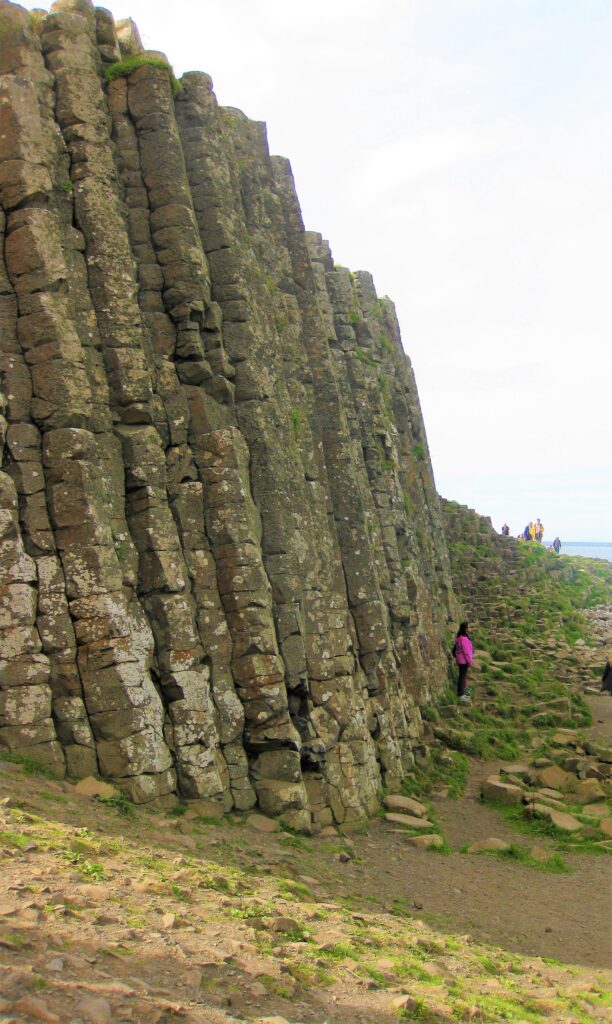

SOUTHERN IRELAND. Land of Faries, Iron Age bogmen, 6,000 year old Neolithic Cemeteries, and Yeats.
